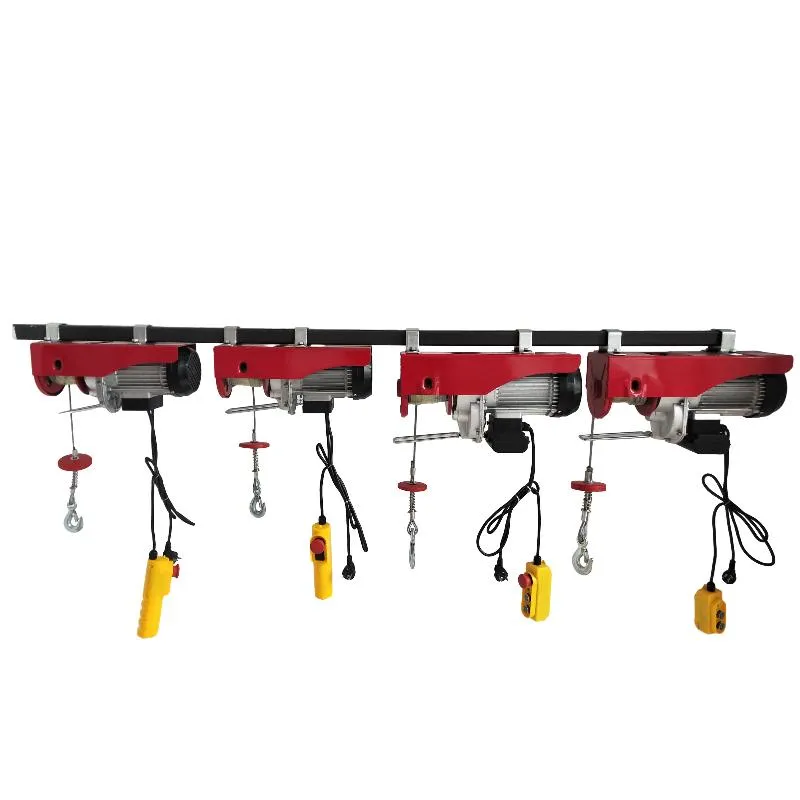


Understanding Lifting Scales Essential Tools for Precision in Weighing
In various industries, from construction to shipping and food production, the ability to accurately measure weight is crucial. Lifting scales, also known as crane scales or hanging scales, are specialized instruments designed to weigh heavy objects while suspended in the air. With advancements in technology and design, these scales have evolved into indispensable tools that enhance safety, efficiency, and accuracy in numerous applications.
What are Lifting Scales?
Lifting scales are weighing devices that typically consist of a hook or other attachment for hanging an object, a load cell to measure weight, and a digital or analog display to show the results. They are often used in conjunction with cranes, hoists, and other lifting equipment, enabling operators to determine the weight of items that cannot be easily placed on a traditional scale. This feature is particularly useful for heavy machinery, industrial equipment, or bulky materials that are routinely moved in logistics and manufacturing operations.
Types of Lifting Scales
Lifting scales come in various forms, each suited for specific applications. Some common types include
1. Digital Lifting Scales These scales utilize electronic sensors and offer highly accurate measurements, often accompanied by features such as LCD displays, data logging, and connectivity to computers or mobile devices for advanced analysis.
2. Mechanical Lifting Scales Using a traditional dial and spring mechanism, these scales are less common today but are still valued for their reliability and durability, especially in environments where electronic devices may be prone to damage.
3. Wireless Lifting Scales Equipped with wireless technology, these scales can transmit weight data to a remote display, making them ideal for situations where the operator needs to maintain a safe distance from the load being weighed.
4. Rugged Lifting Scales Designed for harsh environments, these scales are built to withstand extreme temperatures, dust, and moisture. They ensure accurate weight readings in various conditions, making them a favorite in construction sites and outdoor applications.

Applications of Lifting Scales
The versatility of lifting scales allows them to be employed in diverse settings
- Construction When lifting heavy materials such as steel beams or concrete blocks, accurately gauging weight helps prevent overloading cranes and hoists, ensuring the safety of workers and equipment.
- Shipping and Logistics Lifting scales facilitate the precise weighing of cargo before it is loaded onto trucks or ships. This ensures compliance with weight regulations and improves load distribution, ultimately reducing transportation costs.
- Manufacturing In factories, lifting scales help monitor the weight of materials during various stages of production, ensuring quality control and efficient resource management.
- Agriculture Farmers utilize lifting scales to weigh livestock and feed, aiding in inventory management and ensuring the health and well-being of animals.
Importance of Accuracy and Calibration
Accurate readings are paramount when using lifting scales, as incorrect weight measurements can lead to significant safety hazards and financial losses. Regular calibration is essential to maintain accuracy, especially after extensive use or exposure to extreme conditions. Many modern lifting scales come with self-calibration features, simplifying the process and ensuring reliability.
Conclusion
Lifting scales are vital tools that integrate technology and engineering to enhance safety and efficiency in various industries. Their ability to provide accurate weight measurements while objects are suspended makes them uniquely valuable in settings where traditional scales cannot be used. As technology advances, we can expect further improvements in lifting scale design and functionality, ensuring that they continue to meet the evolving needs of industries worldwide. For businesses dependent on precise weight measurement, investing in high-quality lifting scales can lead to better operational outcomes, improved safety standards, and more accurate resource management.



